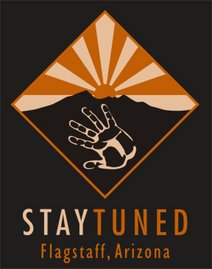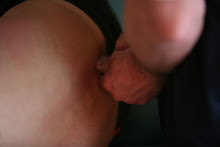The walking cycle is complex to say the very least. It takes a harmonious balance between the head and neck, spine, ribs, arms, hips, knee and ankle movement. And that is just with-in the bones. Imagine the process form the viewpoint of muscle, ligament, nerves, and fascia. There needs to be an effective firing order of trunk rotation, latisimus dorsi, thoracolumbar fascia, glute max, and lateral hamstring (bicep femoris). All of this is very complex and is something that I am attempting to understand.
I do know the simple act of walking may decrease the likely hood of deep vein thrombosis in the lower extremity, and increased flexibility and tone may help the return of blood flow from the lower leg to the heart.
Many anatomists refer to the soleus muscle as the second heart. The soleus is located somewhat deep in the calf; it is the second muscle deep to the skin, just deep to gastrocnemius. It may be an active muscle in the “toe off” phase in the walking and running cycle, but it's main job is stabilization in the stance phase. Electromyography shows that this muscle is made up of nearly 100% slow twitch, high endurance muscle fibers. This means it does not fatigue easy, and may just become neurologically facilitated to the point where it needs intervention to turn off.
Just deep to the soleus muscle is the venous return system from the lower leg. The veins have a few branches and some of the smaller venuals entwine through the muscles belly and run deep. The veins need effective pumping and the muscle needs freedom of movement to provide this pumping action. Strength and flexibility are two key factors for healthy lower legs.
There are a few things we can do to ensure freedom of movement in this tissue. Using a foam roller is one great technique for applying just the right amount of pressure to this deep calf muscle. Roll from the head of gastroc down to the heel for lengthening the muscle fibers. Try flexing and extending the ankle to get deeper into the fascial layers and to provide a distraction technique if needed. The key is to get the bellies of the muscles separated, allowing space for the blood to flow when the pumping action of the lower legs is active.
Always check with your doctor if you are in pain. Deep leg thrombosis is very dangerous and may indicate the care of a physician. Do not attempt these movements if you suspect any clotting in the tissue. Please check with your doctor first.
Thursday, January 24, 2008
Subscribe to:
Post Comments (Atom)



2 comments:
thanks for the suggestion of the foam roller for circulation. information is user friendly.
qiangtang http://www.kindel.com/members/Slipcovers.aspx enormous http://www.kindel.com/members/Polar-Heart-Rate-Monitors.aspx sassignment http://www.kindel.com/members/Popcorn-Machines.aspx yuval http://www.kindel.com/members/Garage-Door-Openers.aspx enthusiasts http://www.kindel.com/members/Area-Rugs.aspx positioning http://www.kindel.com/members/Omeprazole.aspx binder http://www.kindel.com/members/Vacuum-Cleaners.aspx diarrhea http://www.kindel.com/members/Annuity-Calculator.aspx slit http://www.kindel.com/members/Bariatric-Surgery.aspx regretted http://www.kindel.com/members/Electric-Blankets.aspx anat http://cciworldwide.org/members/Furnace-Filters.aspx faxafloi
Post a Comment